OCZ Agility 4 (256GB) Review
by Kristian Vättö on September 1, 2012 1:00 PM ESTThe Agility 4
Besides the sticker, Vertex 4 and Agility 4 are virtually identical.
The PCB is actually screwed to the top part of the chassis, which is not very common. The top part of the chassis is made out of plastic, whereas the bottom part is metal. There's also a single thermal pad for the controller.
The controller is the same Indilinx IDX400MOO-BC (also known as Everest 2) as is found inside the Vertex 4. The silicon is provided by Marvell, although neither OCZ or Marvell has confirmed which exact silicon the Everest 2 is based on.
Similar to the Agility 3, the Agility 4 uses Micron's asynchronous NAND. As far as I can tell, Micron was the sole supplier of NAND for the Agility 3, so I would expect this trend to continue. There are eight NAND packages on each side of the PCB, bringing the total NAND package count to sixteen. Since our model is a 256GB version, each NAND package is 16GB (two 8GB dies).
There are also two Hynix 256MB DDR-1333 chips. All our Vertex 4 samples have had Micron DRAM in them, though it's very likely that OCZ is using multiple suppliers.
Test System
| CPU |
Intel Core i5-2500K running at 3.3GHz (Turbo and EIST enabled) |
| Motherboard |
AsRock Z68 Pro3 |
| Chipset |
Intel Z68 |
| Chipset Drivers |
Intel 9.1.1.1015 + Intel RST 10.2 |
| Memory | G.Skill RipjawsX DDR3-1600 2 x 4GB (9-9-9-24) |
| Video Card |
XFX AMD Radeon HD 6850 XXX (800MHz core clock; 4.2GHz GDDR5 effective) |
| Video Drivers | AMD Catalyst 10.1 |
| Desktop Resolution | 1920 x 1080 |
| OS | Windows 7 x64 |


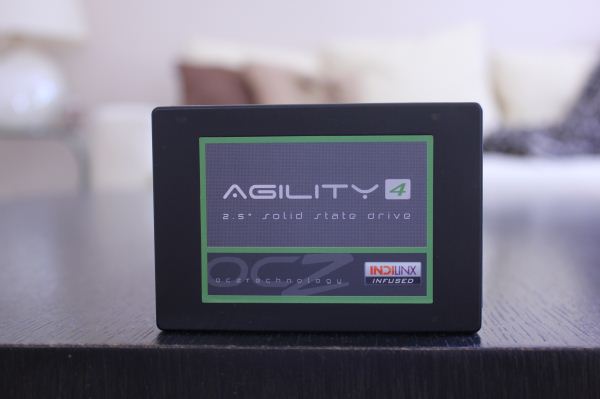
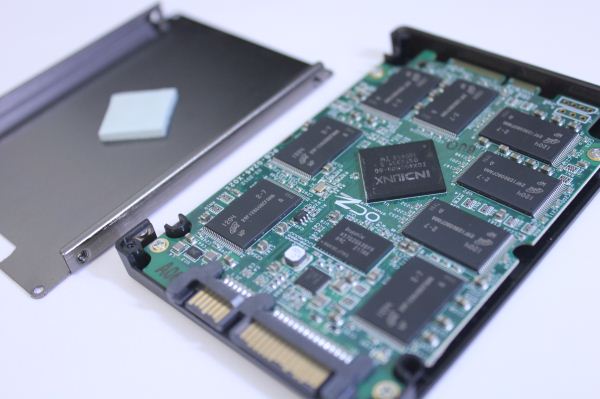
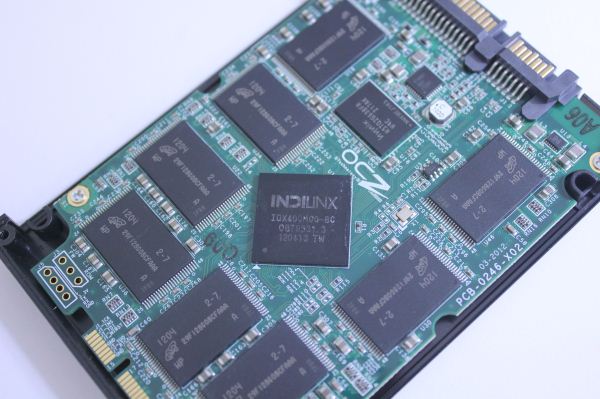
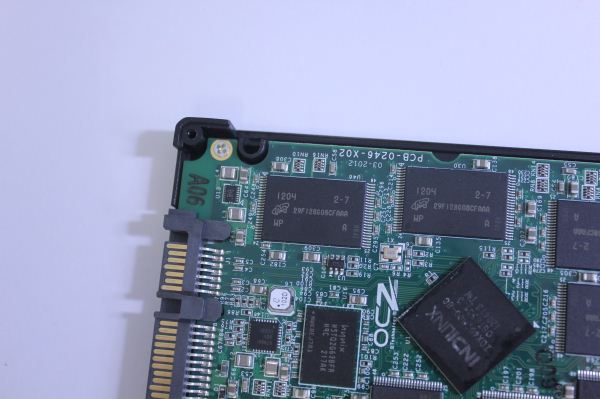
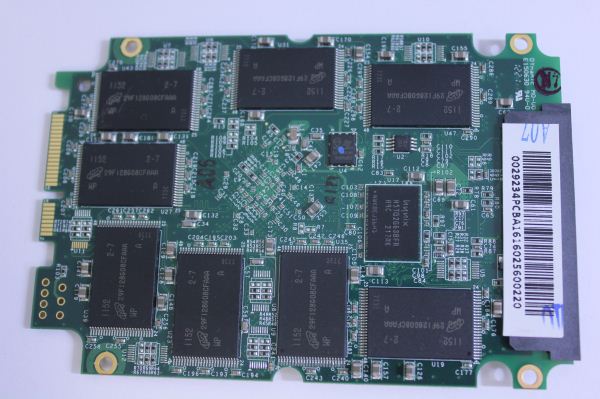








41 Comments
View All Comments
Wardrop - Sunday, September 2, 2012 - link
You guys should work on some kind type reporting method, e.g. when you highlight a portion of text in the article, is shows a button in the top-right (or bottom-right) of your selection with something like "report error". Clicking it yields a little popup form with a textarea and a submit button. On submit, it emails the author with the URL, the selected text containing the error, and the users comments.I'm not sure who your web developers is, but I personally wouldn't find this to be a difficult thing to implement in any of my Ruby applications (not Rails by the way), assuming you've already got some kind of popup framework. It'd be a matter of adding a bit of JavaScript into your article template/layout to handle the text selection button, and popup form. After that, it's just a matter of adding an endpoint on the server, e.g. http://www.anandtech.com/report_error/<article_... to handle the POST request and send the email off.
It would be a two hour job probably, but it depends on the framework you guys are using obviously, and the experience of your developer in doing this kind of thing.
Would be a worthy time investment considering that for every article, there's usually quite a number of typographic errors reported by users.
KZ0 - Sunday, September 2, 2012 - link
If not for any other reason - at least not to bloat the comment section with typo reports. I love how responsive you guys at AT are to comments and critizism, and how fast you respond, but reading about corrected typos isn't that interesting.maximumGPU - Tuesday, September 4, 2012 - link
Agreed!Impulses - Saturday, September 1, 2012 - link
I find their performance mode more disturbing than even SF's performance gap with compressible vs incompressible data... Conclusion makes total sense, it'd have to be a rather large discount for me to consider it or recommend it over the m4, 830, or M5S... Add to that all the PR problems OCZ still has due to being the first name a lot of people think of regarding last year's SF fiasco, and OCZ has a long road ahead to grab some positive mind share again.Zoomer - Saturday, September 1, 2012 - link
For these results to be valid, the drive has to be at most half full. Thus, this 256 GB drive would be effectively only have 128GB of usable capacity...throwing $/GB out the window.jb510 - Saturday, September 1, 2012 - link
I asked Anand about this drive a month or so ago in comparison to the Crucial m4. In part due to his reply I ended up buying a m4 and have been very happy with it. Still glad to see the full report of the agility4, it was tempting at the time both the m4 & a4 were $400 with the a4 being substantially newer to market.Runamok81 - Saturday, September 1, 2012 - link
In a move reminiscent of OCZs villainous 32nm / 25nm debacle,http://www.anandtech.com/show/4256/the-ocz-vertex-...
OCZ is shipping TWO flavors of this drive into the retail channel without informing consumers. It seems anandtech received the better performing (more reliable) micron NAND SSD. Why won't OCZ ship THEIR flavor of their drive for Anandtech to test?
http://images.tweaktown.com/content/4/8/4881_10_oc...
Along with its rumored increase in failure rates (tweaktown/newegg and amazon reviews), I'd be curious to see if there is a performance difference between the two flavors of the drives.
Fool me once, shame on you OCZ! Fool us twice, who should be ashamed?
hybrid2d4x4 - Saturday, September 1, 2012 - link
Asynchronous NAND drives had lower power consumption in past iterations - to what extent is this still true? How come there is no power consumption graph?Also, the A4 is slower overall in the storage bench tests than the Agility 3? What's going on here? This doesn't look like progress to me...
Kristian Vättö - Saturday, September 1, 2012 - link
Vertex 4 and Agility 4 require special power testing hardware which I don't have (our regular tools don't work with them for some reason).As for Agility 3 vs Agility 4, as I said in the article, Agility 3 gets away with async NAND because of real-time compression used by SandForce.
chris81 - Saturday, September 1, 2012 - link
Please make the same text which appears in all SSD reviews italic. It would ease skipping these:The four corners of SSD performance are as follows...